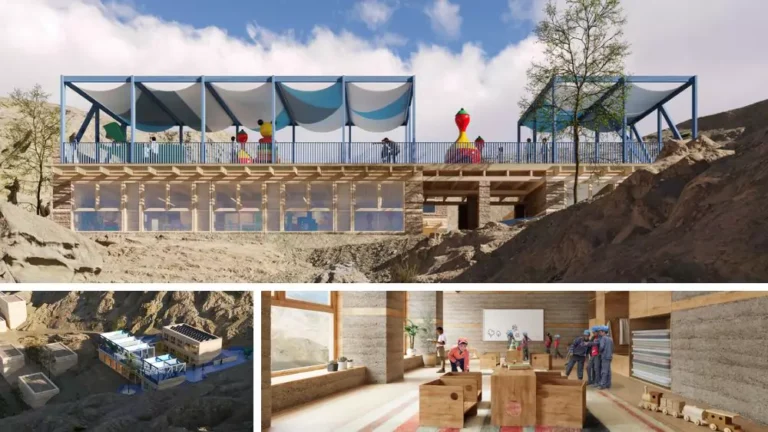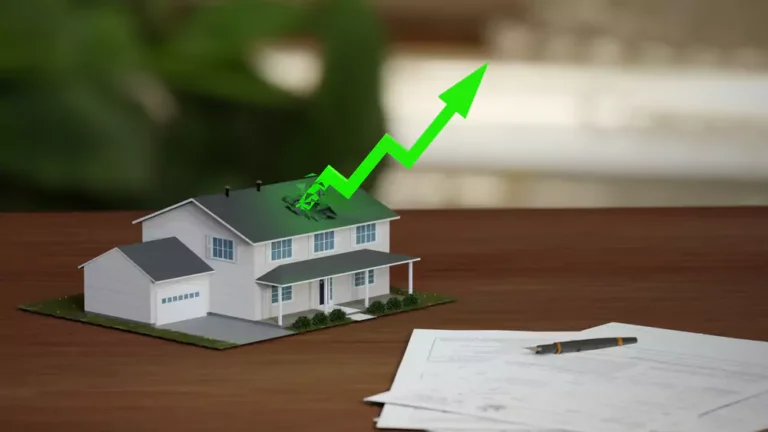Improve quality of life by bringing light to rural communities
Rural electrification is one of the solutions to help bring electricity to remote and rural areas

Can you imagine living every day without the internet? Working through a hot day without air-conditioning, no light to shine at night, or getting to choose between hot and cold water in your shower. Based on data by Our World in Data, 940 million people, a total of 13 percent of the world, do not have access to electricity. Electricity is a key factor in helping to alleviate poverty, grow economies, and improve people’s living standards. Even though there has been development in this area, gains are moving too slow and numbers will still be high by 2030 (650 million).
Many developing countries around the world, namely Sub-Saharan Africa and Southeast Asia, are born out of necessity. Illac Diaz, founder of the Liter of Light Foundation, directly witnessed the poor quality of life of Filipinos after one of the biggest Typhoons in 2013. Published in the ARES digital White Paper Vol. 1., the article “Liter of Light: Illuminating developing nations one household at a time” mentioned that he saw “thousands of people had kerosene lamps in bottles, with a wick made out of used cloth. And there were children that were getting burned.” Liter of Light found a simple solution that can be replicated at a large scale with many hands – a solar light, built with a screwdriver.
Further, rural electrification is another solution in bringing electrical power to remote and rural areas. Three ideas were suggested to bring electricity to such areas in developing countries. First, renewable energy like wind turbines, solar panels, biomass, and hydropower can be affordable and sustainable solutions for off-grid communities. These solutions can be tailored locally and have been proven to improve air quality and reduce fire risk from candles and oil lamps. Second, innovative financing is key in helping these complex operating ecosystems use existing capital effectively and generation more funds. For instance, PEG Africa provides solar panels on credit, enabling customers to gradually pay in small amounts with each payment going towards ownership. Last, there is no ‘one size fits all’ solution. The ecosystem needs to be understood holistically, while solutions need to be locally tailored to create better long-term benefits.
Read more on how to shed a light on communities without access to electricity at asiarealestatesummit.com/ares-digital-white-paper-vol-1/
Write to our editors at [email protected].
Recommended
This duo is revolutionising textiles by blending traditional craft with cutting-edge design
Ausara Surface brings unconventionality and innovation to experimental textile collections
ARES White Paper Volume 3: The era of adaptive reinvention
Pioneering sustainable and innovative practices in urban development
ARES White Paper Volume 2: Unravelling the power of data revolution in real estate
Insights on proptech, smart cities, and sustainable development
ARES Digital White Paper Volume 1: The fundamentals of responsible building
Green and climate heroes join forces to discuss how Asia Pacific can weather the current environmental crises and the looming effects of climate change







